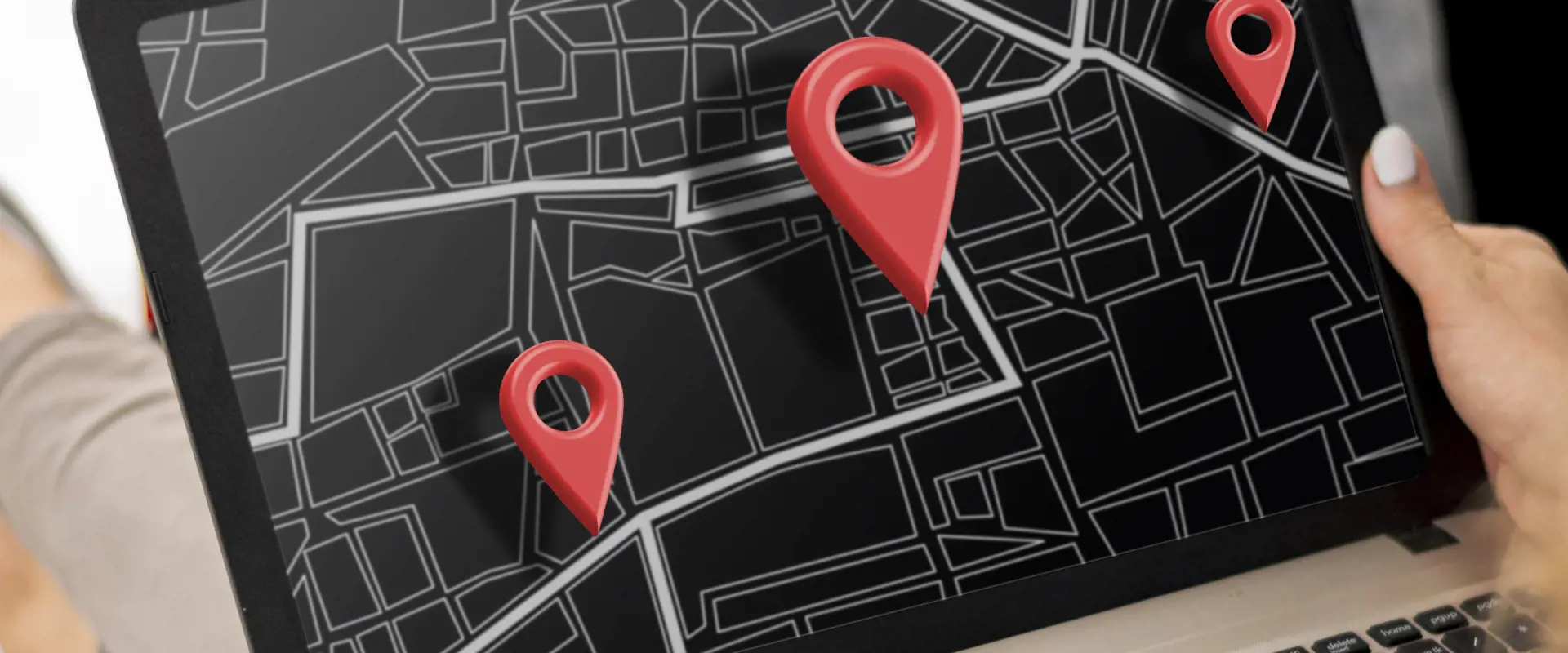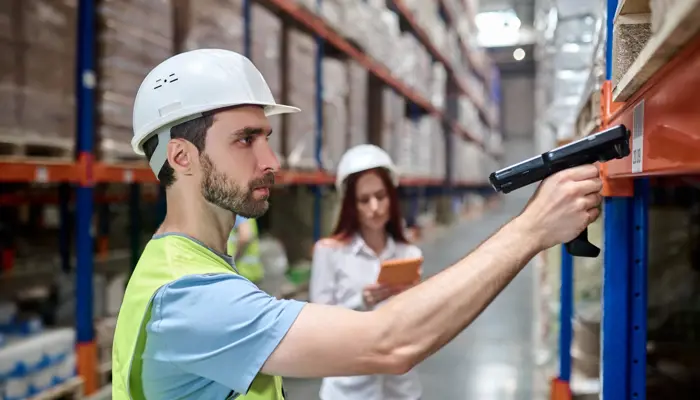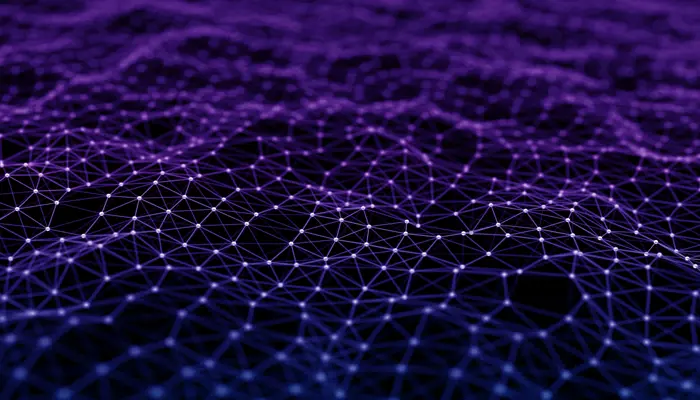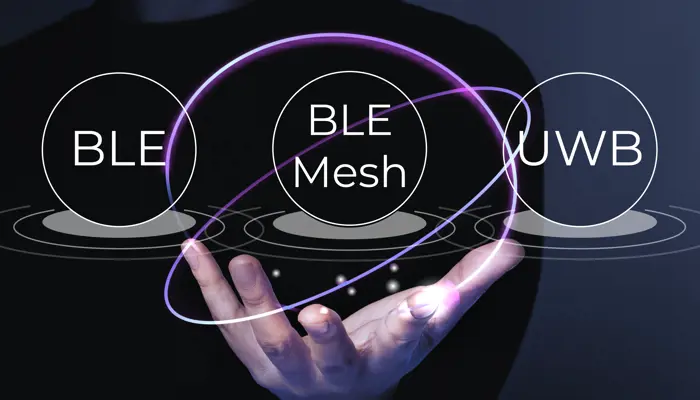
RTLS from every angle
Real-Time Locating Systems are a technology capable of locating assets and people in real-time. They use various technologies and types of infrastructure but, despite the differences, they all require an Intelligence that processes and elaborates location data. The combination of these two technologies makes them an effective tool for solving various challenges of each indoor space.
- What is a Real-Time Locating System?
- The integration of Location Intelligence with RTLS
- One technology for many scenarios
What is a Real-Time Location System?
RTLS stands for Real-Time Locating System and is a technology capable of locating assets and people indoors in real-time. RTLS technologies represent the hardware infrastructure that is made up of TAGs, small devices of different shapes and sizes, to be associated with the assets being tracked and receivers, installed on the ceiling or on walls, which receive the signal of the TAG while it’s moving within the indoor space.
Real-Time Locating Systems work with several technologies including Wi-Fi, GPS, BLE and UWB. What changes, in addition to the underlying technology, is the accuracy, the latency of the signal and the necessary infrastructure. For example, some infrastructures locate assets with sub-meter accuracy, while others are around 2-3 meters. Some have a signal delay (latency) of one second, while others of a couple of minutes. For some RTLS technologies, based on BLE, a cabled infrastructure is required, while others work wirelessly with a much lighter infrastructure.
Which RTLS technology to choose depends on the purposes and needs that lead to its implementation in an indoor space.
Beyond RTLS, Location Intelligence Services
RTLS technologies provide the dot on the map, or rather the dots! If we think, for example, of a manufacturing plant, we can have thousands of job orders within the same plant moving from one production area to another. Or, in a supermarket, we can record thousands of shopping sessions per day and hundreds of thousands per month.
It is necessary to give all this data order and meaning and this is where location intelligence comes into play. Location Intelligence is the intelligence software that processes location data through its algorithms and provides analytics and real-time monitoring and control services.
One RTLS serves them all!
When using solutions of this type, the most substantial cost is the initial cost of the infrastructure (which varies according to its characteristics described above: precision, latency and infrastructure requirements). The good news is that, once installed, and with the adoption of a complete and enterprise-ready Location Intelligence solution, you can cover so many use cases and respond to the various challenges and needs.
This applies to all sectors:
- in the industry domain, the technology can be used not only to search for production orders throughout the entire facility, but also to locate working tools; it can give an always up-to-date inventory of the assets or monitor the process though analytics and key performance indicators on production times and stages
- in the healthcare sector, the technology can be used to search for the necessary medical equipment, to monitor the inventory or to be notified if a certain instrument leaves the monitored area
- in retail, the technology can be used to analyse in-store customer behaviour, as well as to monitor queues at the checkout area or at service counters and to ensure the right number of trolleys and baskets in the various deposits.
Using the same infrastructure to cover different services not only helps you to solve different challenges, but also allows you to speed up the Return on Investment (ROI), thanks to efficiency gains coming from various improved processes.
Adding services over time and incrementally is easy and natural when the intelligence that processes and elaborates location data is mature enough. This is the case of ThinkIN and we can also tell you a success story on how this technology was used to cover many different scenarios inside a manufacturing plant (see box of correlated resources).




